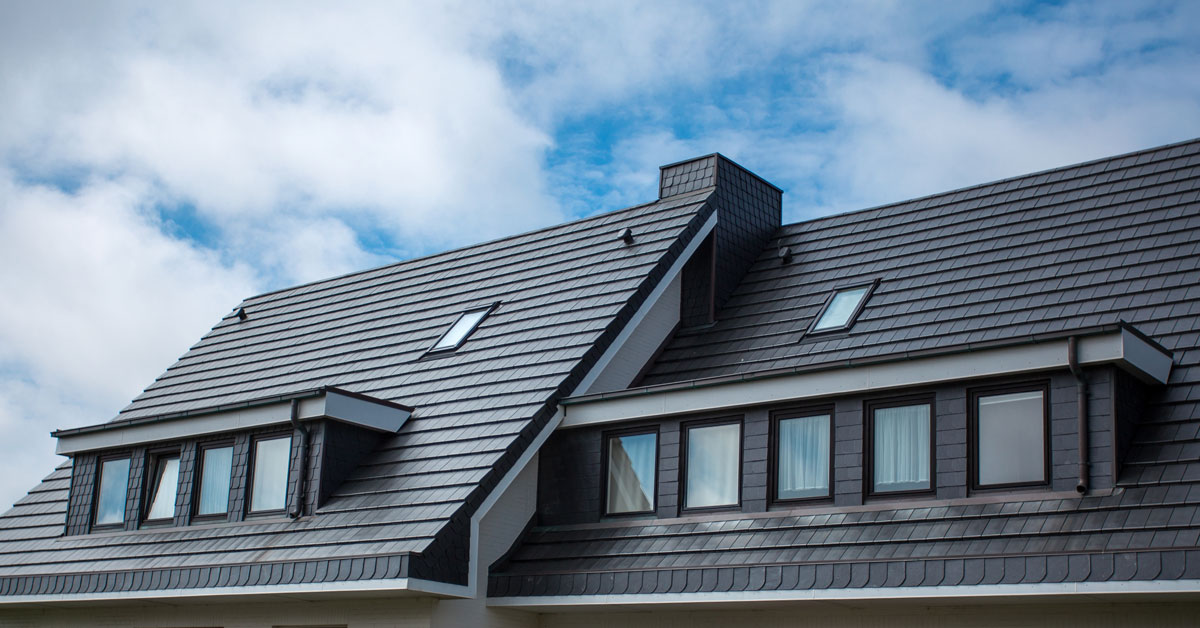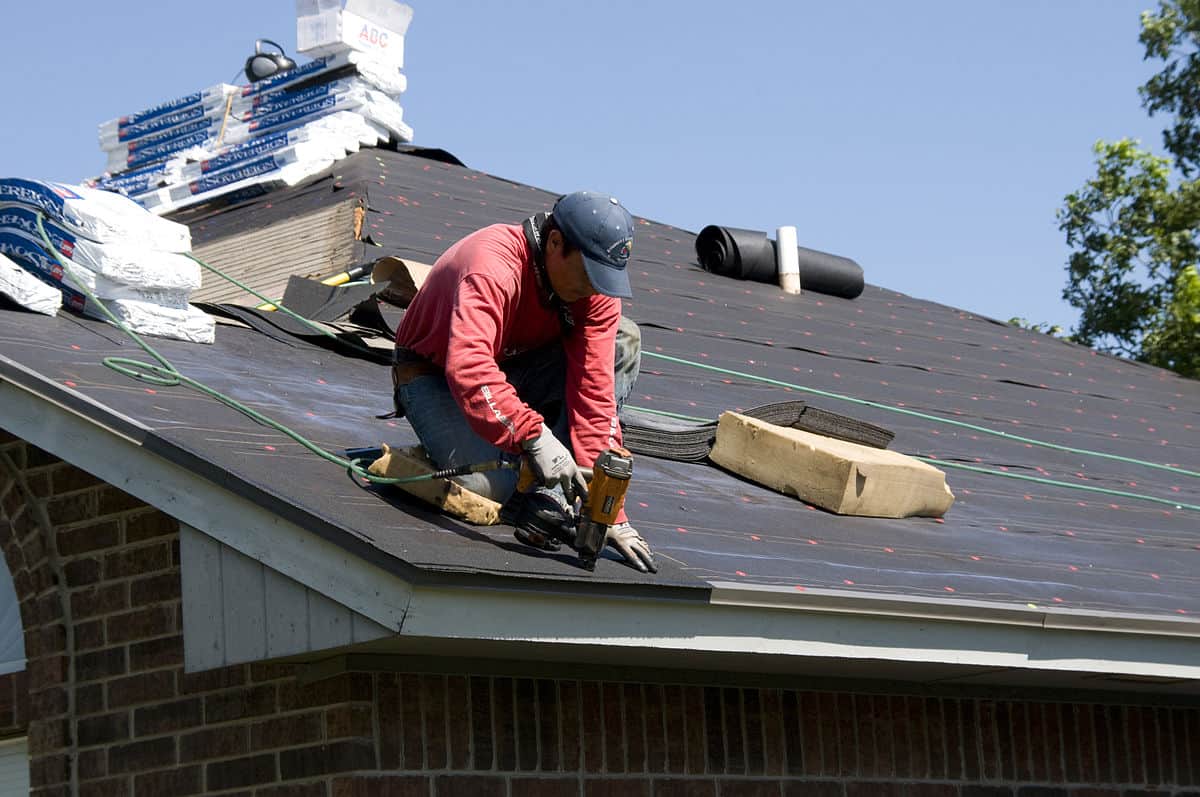The Benefits of Collaborating With Gainesville FL Roofing Companies
The Benefits of Collaborating With Gainesville FL Roofing Companies
Blog Article
Ideal Practices for Ensuring Appropriate Roofing Ventilation
A well balanced intake and exhaust air vent proportion, frequently 1:300, plays a pivotal duty, with intake vents preferably placed at the reduced edge of the roof for trendy air access and exhaust vents at the top for cozy air leave. Maintaining insulation away from vents is essential to stop air movement limitation.
Understand Air Flow Basics
Correctly comprehending air flow fundamentals is vital for ensuring the longevity and performance of roof covering systems. Effective ventilation mitigates dampness accumulation and temperature extremes in the attic room, both of which can cause substantial architectural damages gradually. A well-ventilated roof covering aids in stopping usual concerns such as mold growth, wood rot, and ice dams, which can jeopardize the integrity of the roofing materials and the underlying frameworks.
The main objective of air flow is to facilitate the activity of air, enabling a regular exchange between the exterior and indoor environments. This equilibrium is attained with a combination of intake and exhaust vents that collaborate to maintain optimal airflow. Consumption vents, commonly situated along the eaves or soffits, allow fresh air to enter the attic room space, while exhaust vents, often situated at or near the roofing ridge, enable warm, damp air to run away.
Key factors affecting the efficiency of roof air flow include correct placement, ample sizing, and making certain that both intake and exhaust vents are unblocked. Regular examination and maintenance are vital to determine possible obstructions, damage, or inadequacies in the ventilation system, thus protecting the roof covering's efficiency and sturdiness.
Sorts Of Roofing Vents
Roofing system vents play an essential duty in preserving reliable attic air flow and, by extension, the total health and wellness of the roof. Different sorts of roofing system vents are readily available, each with distinct benefits customized to specific roofing needs. Ridge vents, as an example, are installed along the roof's peak, enabling cozy, moist air to run away from the attic. They use continuous ventilation and mix flawlessly with the roofline, making them both reliable and cosmetically pleasing.

Soffit vents are installed under the eaves and job in tandem with roofing system vents to ensure a balanced intake and exhaust system. By permitting cooler air to get in from below, soffit vents facilitate the expulsion of hot air via top vents. Gable vents, situated on the exterior walls of the attic room, deal another efficient service, especially in homes with saddleback roofs.
Analyze Your Current Ventilation

Following, think about the age and condition of your roof materials and air flow components. Older systems may not follow existing building ordinance or may have worn away gradually, decreasing their effectiveness. Conduct a thorough examination to recognize any kind of indications of wear and tear, such as corrosion, damage, or gaps that can compromise the system's efficiency.
Furthermore, gauge the attic temperature and moisture degrees. High temperatures and humidity can show poor ventilation.
Setup Best Practices
Reliable installation of roofing ventilation systems is extremely important for ensuring ideal efficiency and long life. Proper installation begins with comprehending the details air flow needs of the structure and the roof covering it other covers. This involves calculating the appropriate proportion of consumption to wear down vents, generally adhering to the 1:300 policy, which specifies one square foot of air flow for every single 300 square feet of attic room flooring space.

Intake vents must be mounted at the roof covering's lower side, often in the soffits, to allow trendy air to enter. Exhaust vents, on the various other hand, must be mounted near or at the roofing's optimal to promote the exit of cozy, damp air.
Seal all air vent links meticulously to avoid air leaks and potential water infiltration. Usage top notch materials and adhere to supplier guidelines to ensure resilience and efficiency. Furthermore, incorporating ridge vents with baffles can dramatically improve air flow performance by preventing wind-driven rainfall and snow from going into the attic room.
Inevitably, specific setup of roofing ventilation systems reduces potential concerns such as mold and mildew development, ice dams, and architectural damage, ensuring the roof's integrity and the building's general health.
Regular Maintenance Tips
Uniformity in maintenance methods is essential to guaranteeing the lasting effectiveness of roof covering air flow systems. During these inspections, make sure that vents are cost-free of particles, nests, and other blockages that might hamper air flow.
Cleaning the vents is an additional vital task. Use a soft brush or a vacuum to get rid of dust and debris from intake and exhaust vents. Beware not to damage the air vent displays or louvers during the procedure. Additionally, examine the attic room for any indications of water damages, which can compromise the stability of the roof covering system.
Appropriate insulation is just as important. Guarantee that attic insulation does not obstruct the vents, as this can severely restrict air movement. If any kind of insulation has actually shifted or cleared up, rearrange or replace it to keep an effective barrier.
Lastly, replace any type of harmed or missing out on parts immediately. Busted vents, fractured shingles, see or deteriorated blinking can all add to inadequate ventilation and must be dealt with without hold-up. Routine upkeep ensures that the roof air flow system operates optimally, therefore expanding the life-span of the roof covering itself.
Conclusion
Guaranteeing proper roofing air flow is paramount for preserving the effectiveness and longevity of a roof system. Adherence to the 1:300 consumption and exhaust vent proportion, paired with the tactical positioning of vents, is important.
A well balanced consumption and exhaust vent ratio, generally 1:300, plays an essential function, with consumption vents ideally put at the reduced edge of the roof covering for awesome air access and exhaust vents at the height for warm air leave. Consumption vents, typically located along the eaves or soffits, enable fresh air to get in the attic space, while exhaust vents, commonly positioned at or near the roof ridge, allow warm, Continue moist air to run away.
Soffit vents are installed under the eaves and work in tandem with roofing system vents to guarantee a balanced intake and exhaust system. By allowing cooler air to get in from below, soffit vents promote the expulsion of hot air via top vents. Adherence to the 1:300 consumption and exhaust air vent ratio, coupled with the calculated positioning of vents, is important.
Report this page